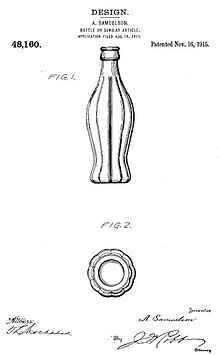**Group 1: Design Patent Basics**
– Protections: US design patent covers ornamental design.
– Infringement: Based on substantial similarity in appearance.
– Drawing Guidelines: Line drawings cover features as solid lines only.
– Standards: Design patents subject to novelty and non-obviousness standards.
– Term: Protection for design patents in the US is 14-15 years.
**Group 2: Design Patent Scope**
– Computer Images: Novel fonts and computer icons can be covered.
– Icons: Covered when displayed on a computer screen.
– Screen Layouts: Can be protected with design patents.
**Group 3: Design Patent Application Process**
– Publication: Design patent applications kept secret in certain countries until granted.
– Secrecy Periods: In Brazil, applicant can request a 180-day secrecy period. In Japan, secrecy of design can be requested for up to 3 years after registration.
**Group 4: Notable Design Patents**
– Historical Patents: First design patent in the US was for a new font in 1842.
– Iconic Designs: Design patent for the Statue of Liberty in 1879, badges of American Legion in 1919, Wigwam Motel in 1936.
– Modern Examples: Apple Inc. holds design patents for iPhone designs.
**Group 5: Other Forms of Intellectual Property Protection**
– Utility Patents: Protect functionality of an item, valid for up to 20 years.
– Copyright: Protects nonfunctional items from being copied.
– Trademarks and Trade Dress: Protect consumers from confusion.
In the United States, a design patent is a form of legal protection granted to the ornamental design of an article of manufacture. Design patents are a type of industrial design right. Ornamental designs of jewelry, furniture, beverage containers (Fig. 1) and computer icons are examples of objects that are covered by design patents.

A similar intellectual property right, a registered design, can be obtained in other countries. In Kenya, Japan, South Korea and Hungary, industrial designs are registered after performing an official novelty search. In the countries of the European Community, one needs to only pay an official fee and meet other formal requirements for registration (e.g. Community design at EUIPO, Germany, France, Spain).
For the member states of WIPO, cover is afforded by registration at WIPO and examination by the designated member states in accordance with the Geneva Act of the Hague Agreement. This allows for broad worldwide coverage of a design by filing a single application in a single language (e.g. English).
